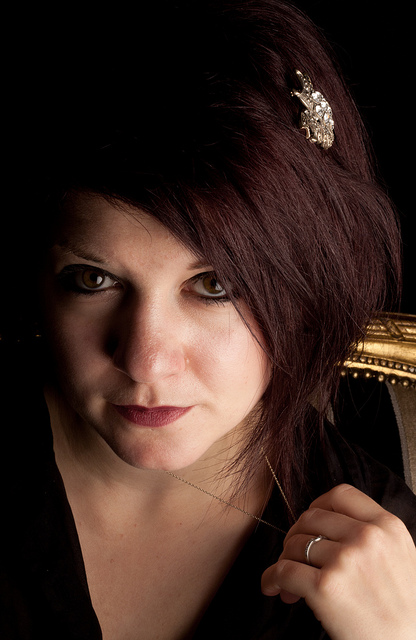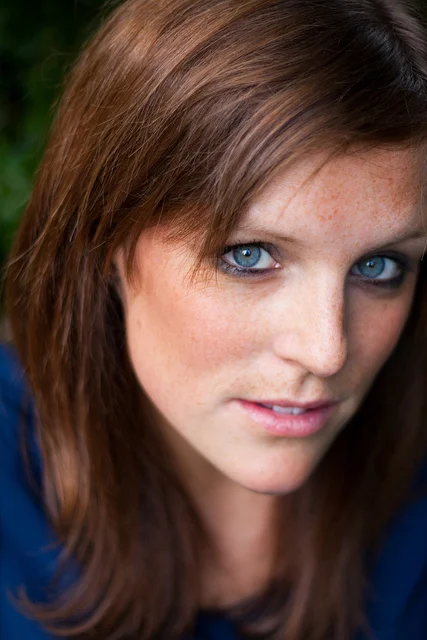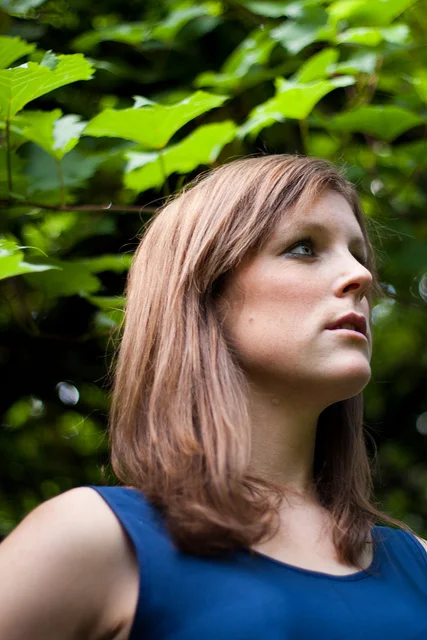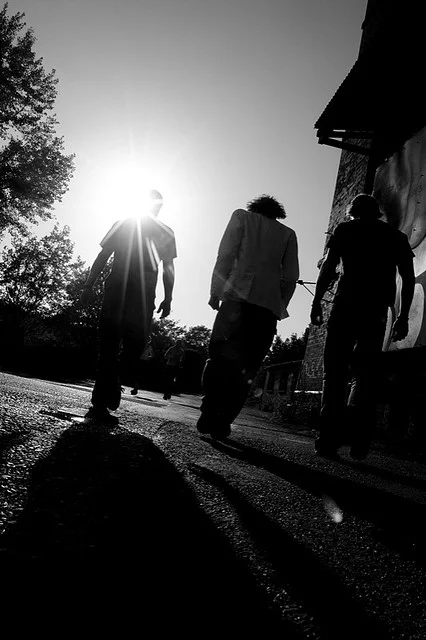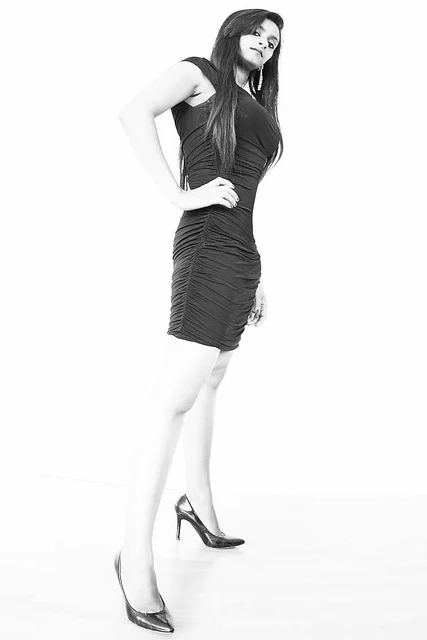We usually shoot people at eye-level but there are other ways.
When we're photographing people, it's normal for most of the photos that we take to come out at eye-level; that's pretty much how we engage with each other, so it's how we record them, too. But how about mixing things up (and indeed, down) at little? The angle from which someone is photographed, painted, or drawn has a significant impact on how we perceive her or him, so by getting up high or down low you can bring a different feel to your photos.
Climb up high
Anyone who photographs children with any regularity knows the importance of getting down to their level. First, it helps to build a much better rapport with them, which makes for much better photos. But second, it helps to prevent a looming, imposing sensation over people who are much smaller and less empowered than you. Sometimes shooting children from above really works, but you don't want every photo like that.
Just as you don't want every photo of an adult to be shot from eye-level, either.
Photographing an adult from above can make her or him come across as submissive, but this can be manipulated into something flirtatious or tentative, too. Give it a go: climb up on a chair or stepladder and see how your photos come out.
To introduce an element of fun into portraits shot from above, try using a wide-angle lens. The foreshortening effect will give your subject a huge head and tiny feet.
Get down low
There's a very good reason that van Dyck's equestrian portrait of Charles I has you looking up at the underside of Charles I's boot: he's the monarch, you're his subject, and you're beneath him both literally and metaphorically. (Even if he were only 5'4".)
In a reverse of shooting from above, when you shoot from below your subject becomes superior and the viewer becomes submissive. If you want to try to convince your audience that your model is powerful and assertive, photograph her or him from below.
This doesn't come without its difficulties, however. Photographing people from below can have the unpleasant side-effect of giving them double-chins, no matter how slender they are. And the up-the-nose approach isn't especially flattering, either.
However, if you're trying to give someone an air of authority, a sense of sass, or a smidgen of arrogance, they needn't be looking at the camera. It's just as easily achievable if they walk on by, or strut off into the sunset.
Again, you can subvert the wide-angle lens effect of comically large head and tiny feet when shot from above into huge feet and a smaller head when shooting from below. Sure you could play on the idea of a clown having huge feet, but you could also make your viewers feel as if they're under your subject's boot.
Give it a go!
Eye-level portraits are lovely, but it's always worth trying out different angles; you never know what unusual results it might yield. And who wants to be boring?



